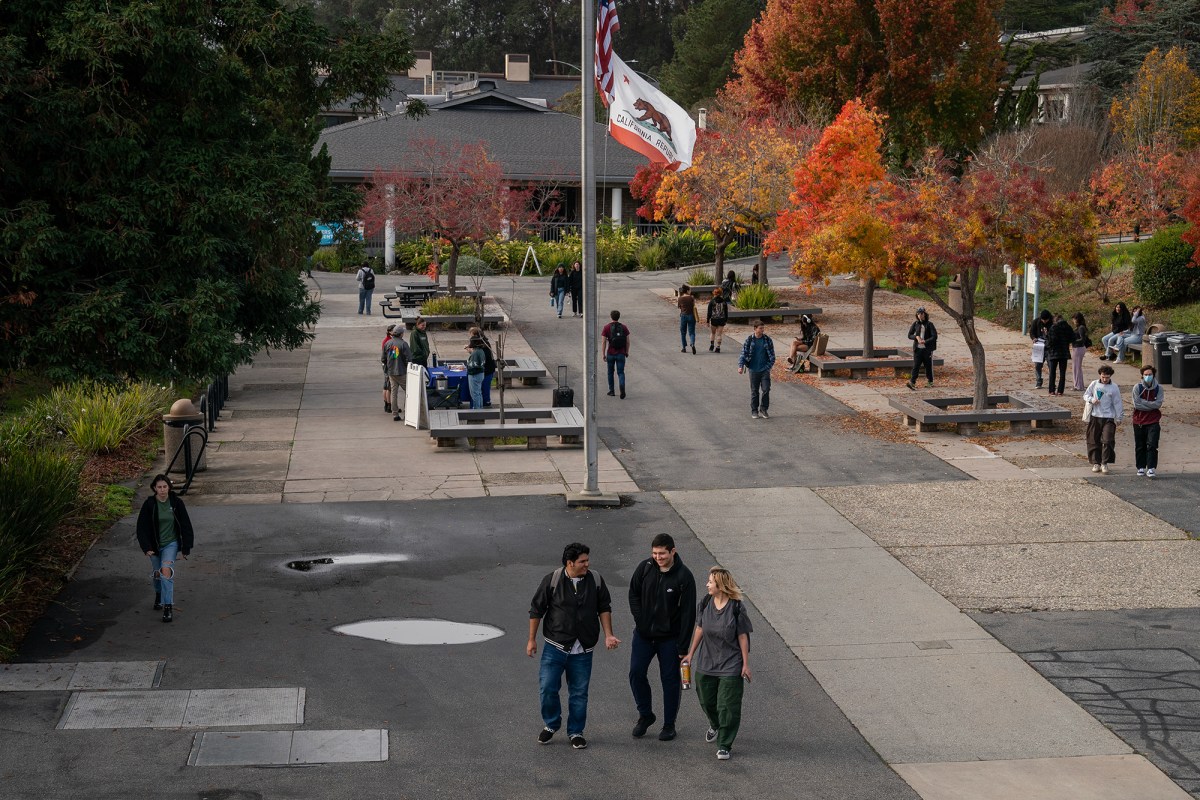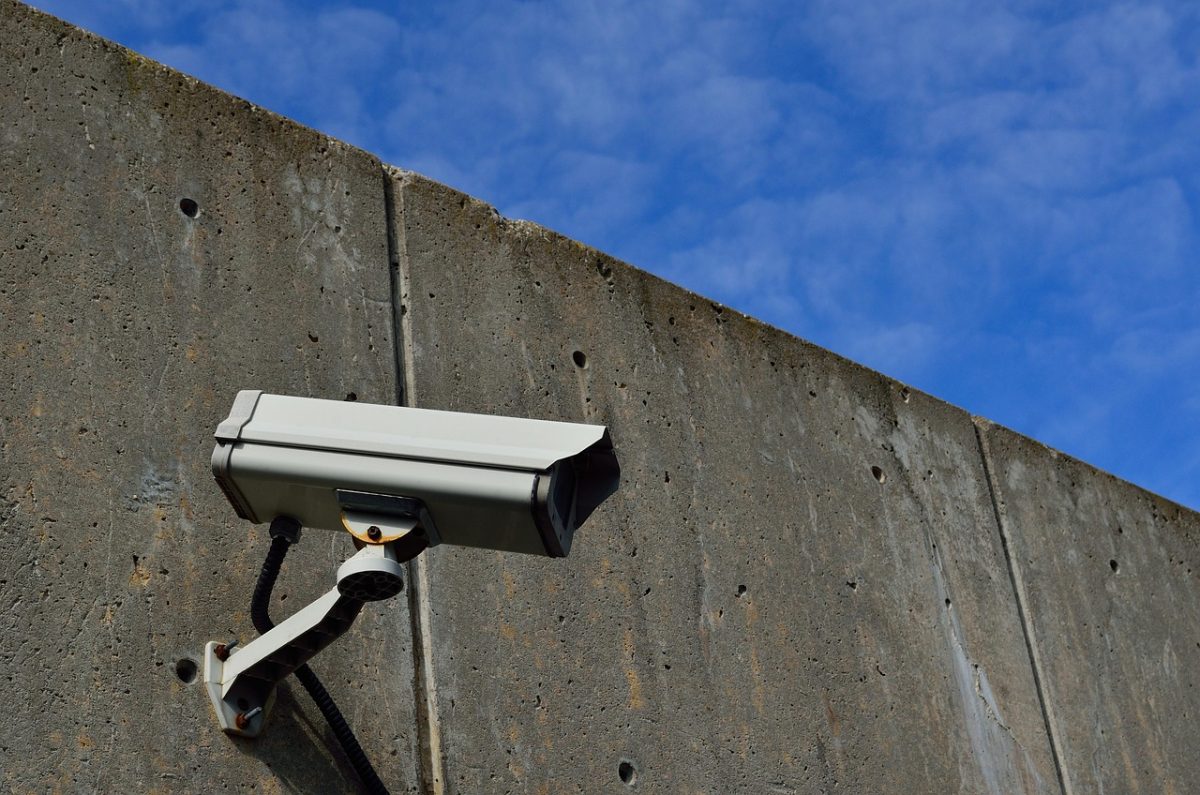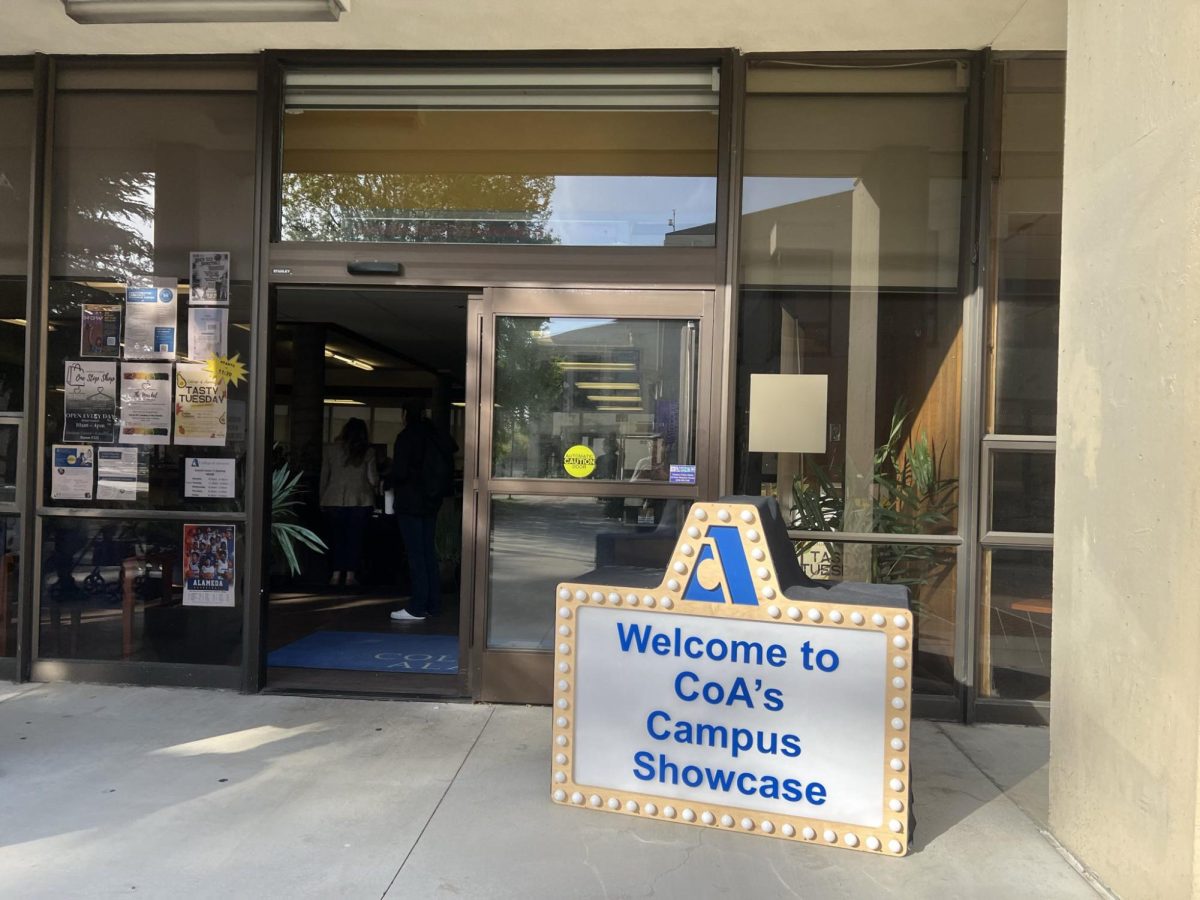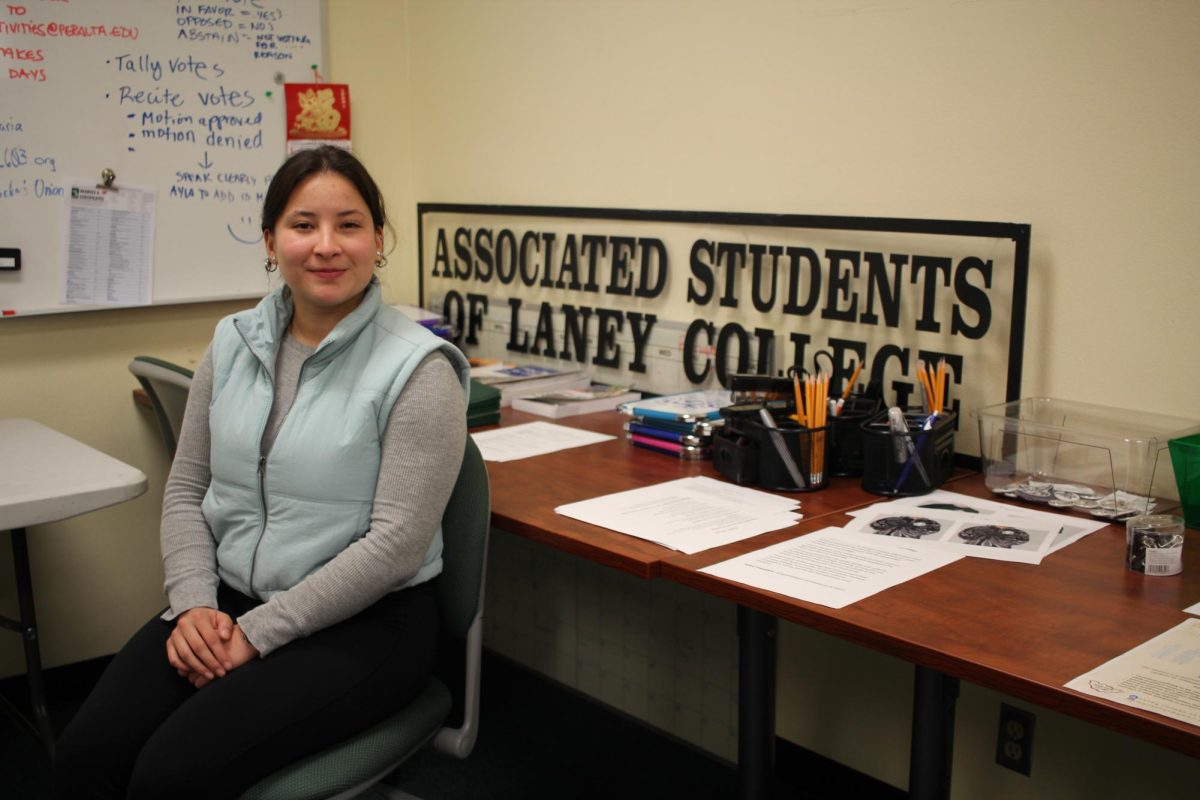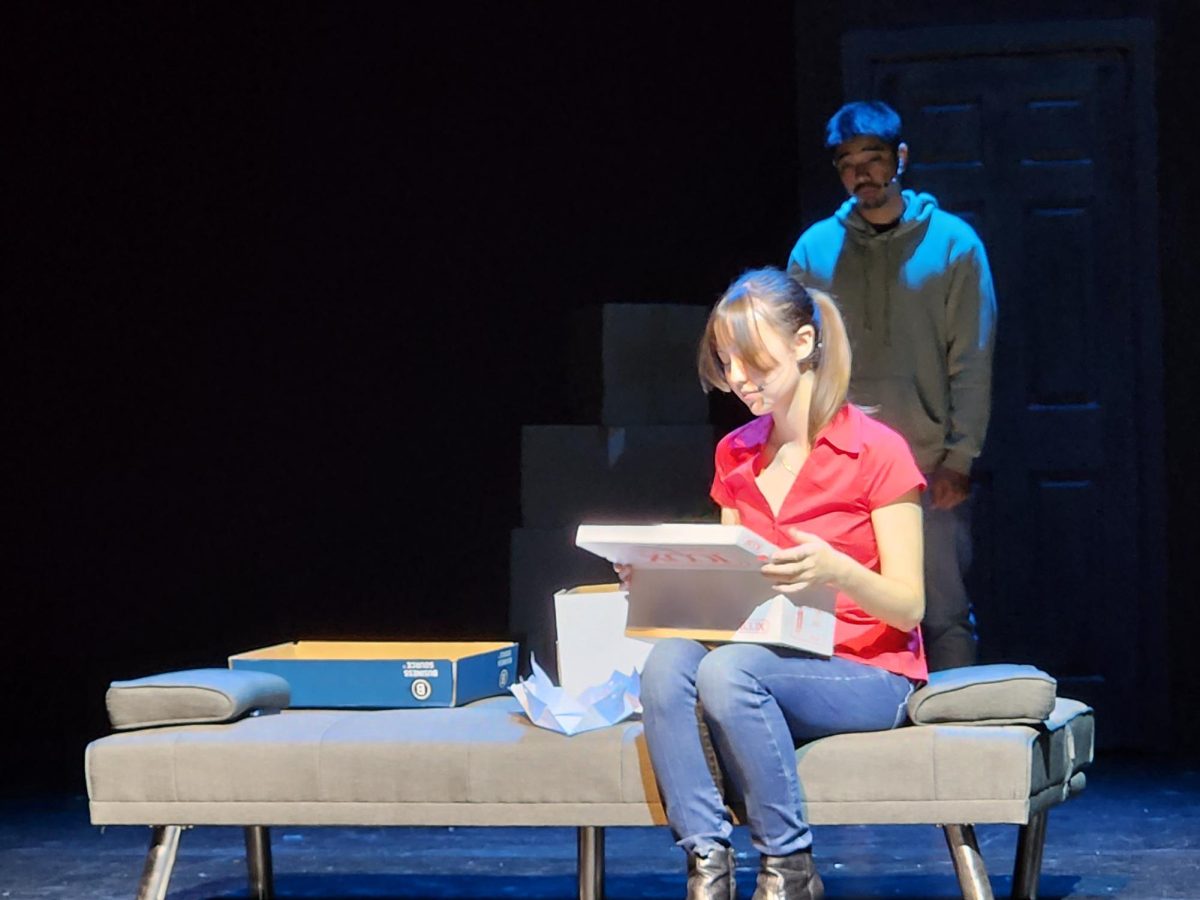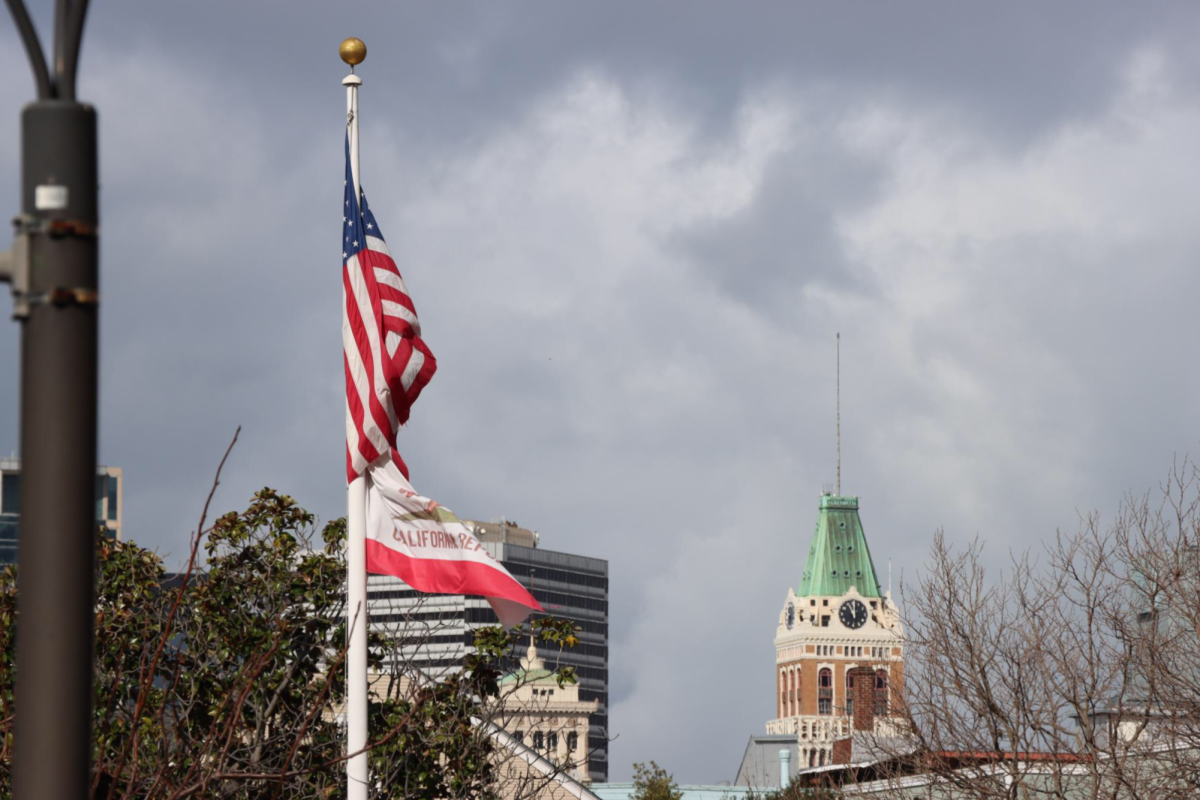An exciting new addition could be making its way onto our campus, creating a space where students can try out exciting new technology and test their ingenuity.
The idea was inspired by president Obama’s “Educate and Innovate” campaign, first announced in 2010, which aims to further STEM (science, technology, engineering, and math) education by bringing hands-on technology into schools.
Though the White House initiative only funds K through 12, many colleges are working to bring similar resources onto their campuses, Laney among them.
The Bay Area is a hub for DIY and Maker culture, so it’s no surprise Laney is making an effort to bring resources to campus that would allow all students to try their hand at some of the incredible technology being used across the world.
The carpentry, wood technology, theater, architecture, and machine technology departments have been working together to fund a “Fab Lab” here on campus that would be open to all students, especially those pursing education in the STEM fields.
In recent years, 3D imaging and engineering technology have made leaps and bounds, and many of these innovations would be brought to the Laney Fab Lab to assist in prototyping and hands-on education. Laser scanners, 3D printers, laser cutters, and computers with the required imaging software are some of the tools the lab hopes to house.
A statement put out by the STEM departments explains that the lab will plug Laney into “a global community of learners, educators, technologists, researchers, makers and innovators — a knowledge-sharing network that spans many countries and 24 time zones.”
Besides connecting our campus to larger community of makers, the lab will allow students to learn skills through hands-on implementation, rather than just through lectures and reading. This improves comprehension and allows those in STEM programs to get a head start on their innovation, putting ideas into practice and seeing how far their creativity can take them.
Allowing students to get familiar with such technology could also prove invaluable for those seeking careers in engineering and other fields where such 3D production equipment are becoming common workplace tools.
The faculty also hopes to implement an “intro to Fab Lab” course that would teach the skills needed to use the technology housed in the lab, opening its resources up for all to use.
Though the planning for the lab is well underway, thanks to the hard work of faculty in the STEM departments, there is still more funding needed before the project can get off the ground. The involved departments are waiting on a grant that would provide the rest of the money needed to complete the project and staff the new lab, and hope to have the funding resolved by January.

